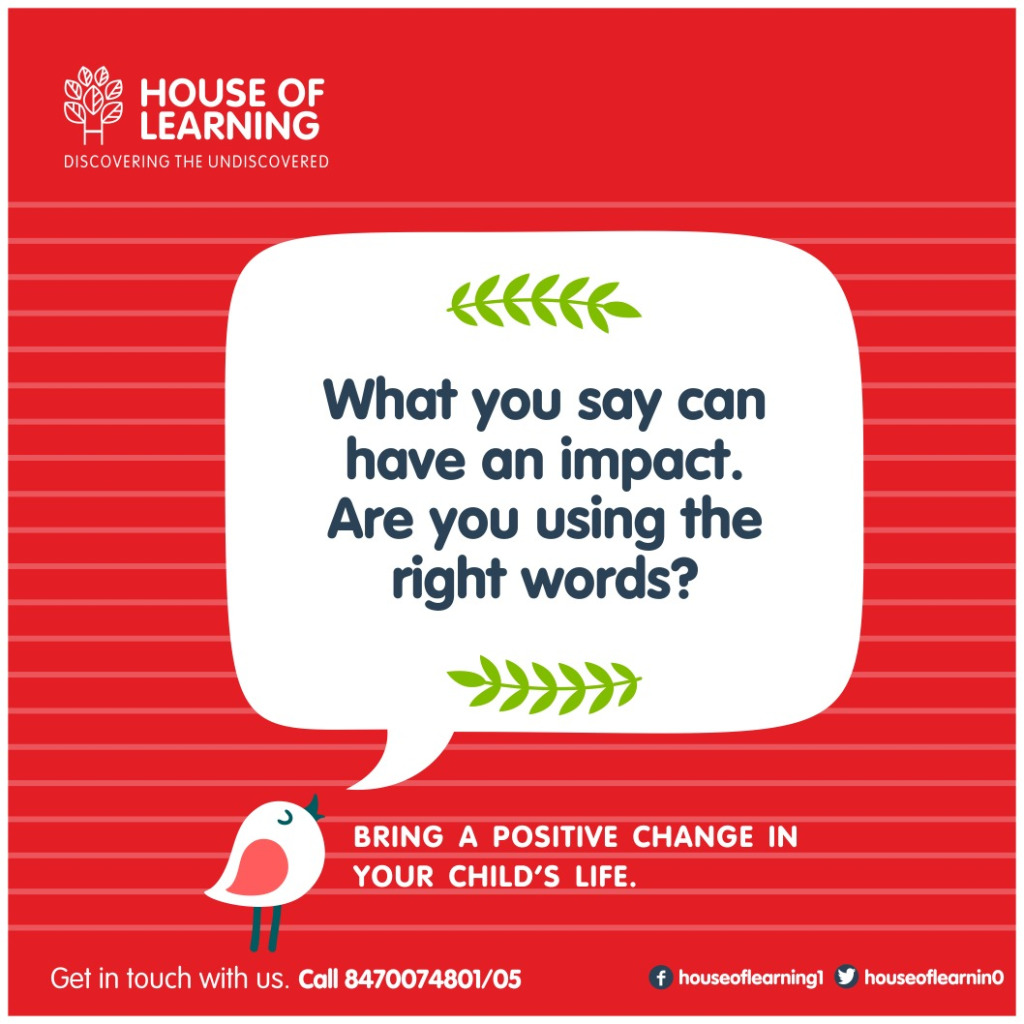Our nervous system, including our senses, gathers around 11 million bits of information per second about what is happening around us. However, this vast amount of information can overload our mind and thus our brain filters or condenses it down to about 40 bits per second for conscious processing.
The senses through which we experience the world and bring information to our conscious mind is called ‘Representational System’. We rely upon this system to gather information through the things we see, hear and feel. It is this information that we process that adds to our learning. It’s interesting that this type of learning, through our senses, is almost like we have a magical stick in our hand to gather information. And what’s more, is that we can make use of this information while we are communicating with our children and raising and educating them.
I often find myself surrounded by questions like ‘Have we ever thought about what kind of images we are creating around our children?’, ‘How are we making our children feel?’ and more importantly, ‘Have we ever tried to be selective in choosing our words while communicating with our children?’
Feelings as well as the words we use and hear, those spoken by others and the ones we say to ourselves, affect the designs of our internal dialogue and the images that we create in our heads. Our brain uses both external senses and internal feelings to create the representation of the world we experience. This is similar for children, but the world they experience and the representations that they create are different from that of an adult.
If you find yourself struggling to have a beautiful relationship or an effective channel of communication with your children, being considerate of the words you use when you speak to them could help you. This can apply to parents as well as educators, who wish to gain the respect of children in the classroom. It is important to understand that using the right words can always produce better results than labelling children and calling them names, which can be the outcome of ineffective communication.
I had a realization during a conversation with my daughter. She recently mentioned that she will be graduating soon and told us the date of the graduation ceremony. Without even thinking twice, I subconsciously made a mental reminder saying “I must go”. This sudden unintentional declaration made me realize that I had already created a negative feeling that painted an uphill struggle of managing my time. However, had I said, “I am going to book my flight by Monday”, I could have embraced a different outlook on the matter. The latter would have painted a picture of a more approachable or clearly doable plan. As human beings, we are driven by the images that we create in our minds; our bodies will always follow what we see ourselves doing in our imagination. We paint the picture of what we will do by how we think and what we say. And it is this understanding that will help us improve our relationship with our children.
How many times have we witnessed young children doing exactly the opposite of what they were told? Exclamations like ‘don’t touch the water’ and ‘no more chocolates’ do not work because words like ‘don’t, ‘no’, ‘never’ and so on do not have any illustrative representations. Children cannot imagine ‘not’ doing something, but their minds can make pictures from the remaining words, i.e., ‘touch the water’, which is exactly what we do not want to happen.
In the same manner, what we say to ourselves or what we tell others can have a result that we do not wish for, should we not be careful of how we use or frame our words. The example above, though just a small representation of what could happen, applies to so much of everything we see and do each day. The words we use can have bigger repercussions on the world we experience, which is even more drastic in the case of the aftereffect of wrong words used while communicating with children. For them to process the information correctly, we need to paint a better picture. However, to do that, it’s important that we first understand a child’s neurology.
The right words and the right images will help produce resourceful actions. And I hope to help you find the right words to communicate better, both with yourself and others. It is my wish to train parents, educators and anyone who is closely associated with children, to bring a positive and beautiful change in the brain architecture of the upcoming generations.





Leave a Comment